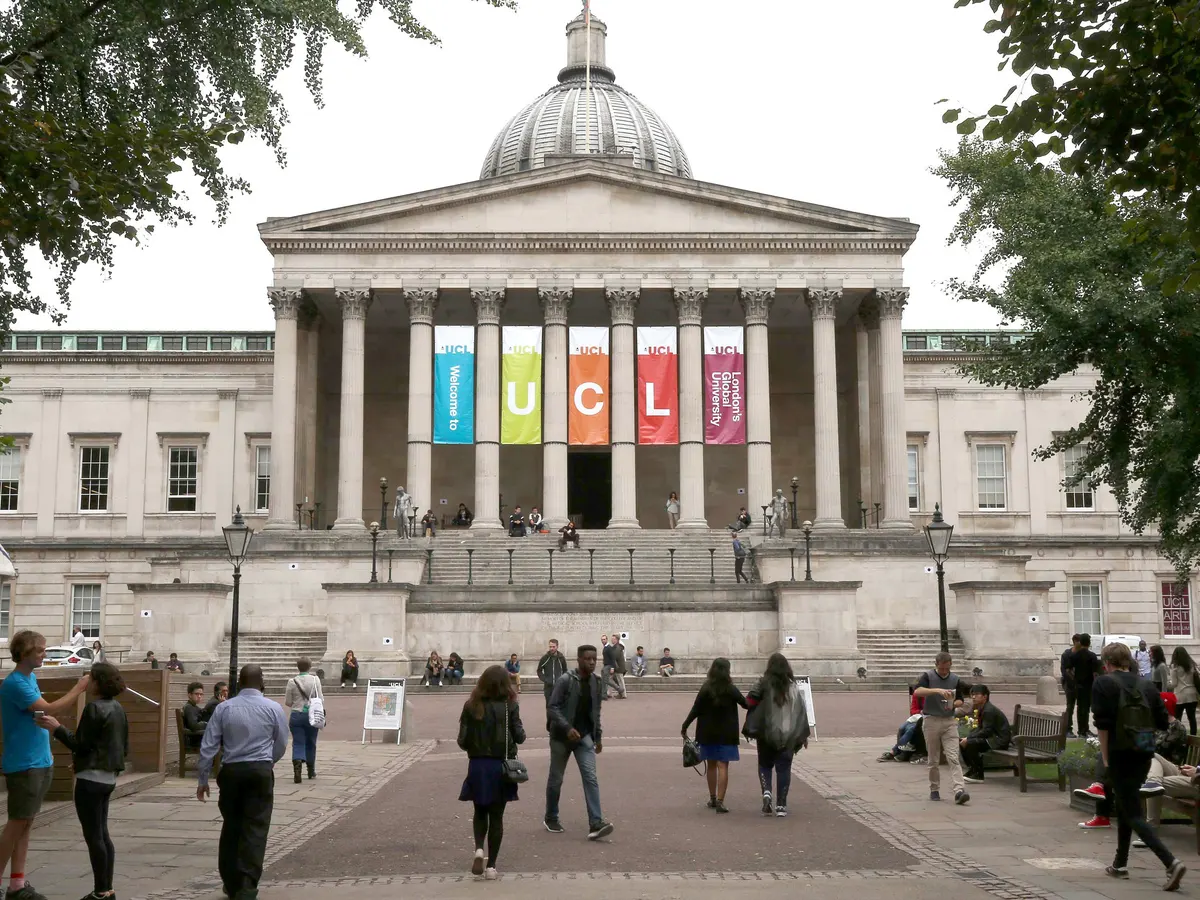Contents
Short URL: www.academicinsights.com/personalized-education
In classrooms, lecture halls, and online platforms around the globe, a quiet revolution is taking place. Traditional, one-size-fits-all models of education are giving way to student-centric, adaptive, and personalized approaches designed to meet learners where they are. From AI-driven adaptive systems to microlearning and competency-based education, institutions are reimagining how knowledge is delivered and assessed in the 21st century.
The Shift Toward Student-Centric Models
Education has long been criticized for treating students as passive recipients of information. Increasingly, however, institutions are turning toward student-centric models that position learners as active participants in their educational journeys. According to American College of Education, this shift reflects a broader acknowledgment that every student learns differently—and that tailoring learning experiences improves engagement and outcomes.
Student-centric approaches often emphasize flexibility, agency, and inclusivity. Instead of rigid curricula, students are given multiple pathways to success, whether through modular content, varied assessment methods, or opportunities for experiential learning.
Adaptive Learning Systems and AI-Powered Personalization
One of the most transformative trends in higher education is the rise of adaptive learning systems. These platforms leverage data and, increasingly, artificial intelligence to adjust content and pacing in real time, based on a student’s performance.
Reports from Exploding Topics show that the market for adaptive learning technologies is growing rapidly, driven by demand for scalable, personalized education in both K–12 and higher ed. Systems can identify knowledge gaps, recommend targeted resources, and even adjust the difficulty of assignments on the fly.
Element451 Higher Ed CRM notes that AI-driven personalization is extending beyond content delivery to encompass holistic student experiences, from advising to career planning. Chatbots, predictive analytics, and recommendation engines are helping institutions better understand and support individual learners throughout their academic journeys.
For example, a student struggling in calculus might receive additional practice problems, instructional videos, or peer tutoring recommendations tailored to their specific challenges. Another who excels could be fast-tracked to more advanced material. This ability to differentiate instruction at scale represents a fundamental departure from traditional education.
Microlearning and Modular Content
In parallel with adaptive systems, microlearning has emerged as a powerful tool for modern learners. Microlearning involves delivering content in short, focused modules—often 5 to 10 minutes long—that are easier to digest and apply.
According to American College of Education, microlearning is particularly effective in continuing education and professional development, where learners must balance coursework with jobs and personal commitments. For instance, healthcare professionals can engage in bite-sized training sessions during breaks, while corporate employees can upskill with short, targeted modules that fit into their workday.
This modular approach not only supports lifelong learning but also addresses skill gaps more efficiently. Learners can select just the content they need, rather than sitting through entire courses, making education more flexible and relevant.
Rethinking Assessment: Competency Over Exams
Perhaps one of the most significant shifts in personalized education is the move away from high-stakes, traditional exams toward alternative assessments and competency-based education (CBE).
Instead of measuring what students can recall on a single test, CBE emphasizes whether learners can demonstrate mastery of specific skills or knowledge. This could involve portfolios, projects, simulations, or real-world problem-solving exercises.
Educational thought leaders argue that this model better prepares students for careers, as it aligns academic achievement with practical application. Institutions experimenting with CBE frameworks report that students progress at their own pace, advancing once they demonstrate mastery rather than by completing fixed seat-time requirements.
By valuing demonstration over memorization, CBE and alternative assessments are making education more equitable and more aligned with workforce needs.
Opportunities and Challenges in Student-Centric Education
The promise of student-centric, adaptive, and personalized education is immense. Studies show that tailored learning experiences can improve engagement, retention, and overall success rates. Students who might otherwise struggle in rigid systems often thrive when instruction is adapted to their needs.
However, challenges remain. Critics worry about data privacy and the ethical implications of AI-driven personalization. Questions about algorithmic bias, transparency, and the role of human educators are ongoing. Additionally, implementing adaptive learning systems requires significant investment in infrastructure, training, and cultural change within institutions.
Another challenge is ensuring equity. If only well-resourced institutions can afford advanced adaptive technologies, disparities between privileged and underfunded schools could widen. Policymakers and educators must consider how to ensure access to personalized learning for all students, not just a select few.
The Future of Student-Centric, Adaptive, and Personalized Education
Despite these challenges, momentum is building. As Exploding Topics notes, adaptive and personalized learning technologies are projected to become standard features in classrooms within the next decade. Forward-thinking institutions are already integrating microlearning modules, AI-powered tools, and CBE frameworks into their programs.
The ultimate vision is a system where every learner has a personalized roadmap—one that adapts dynamically to their needs, supports them holistically, and prepares them for a rapidly changing world. In this vision, education becomes not just a standardized pathway but a customized journey, unique to each student.
For related insights, see our article on Interdisciplinary Research and Grand Challenges.
As Element451 Higher Ed CRM emphasizes, this transformation isn’t just about technology. It’s about rethinking pedagogy, assessment, and student support in ways that truly put learners at the center.



